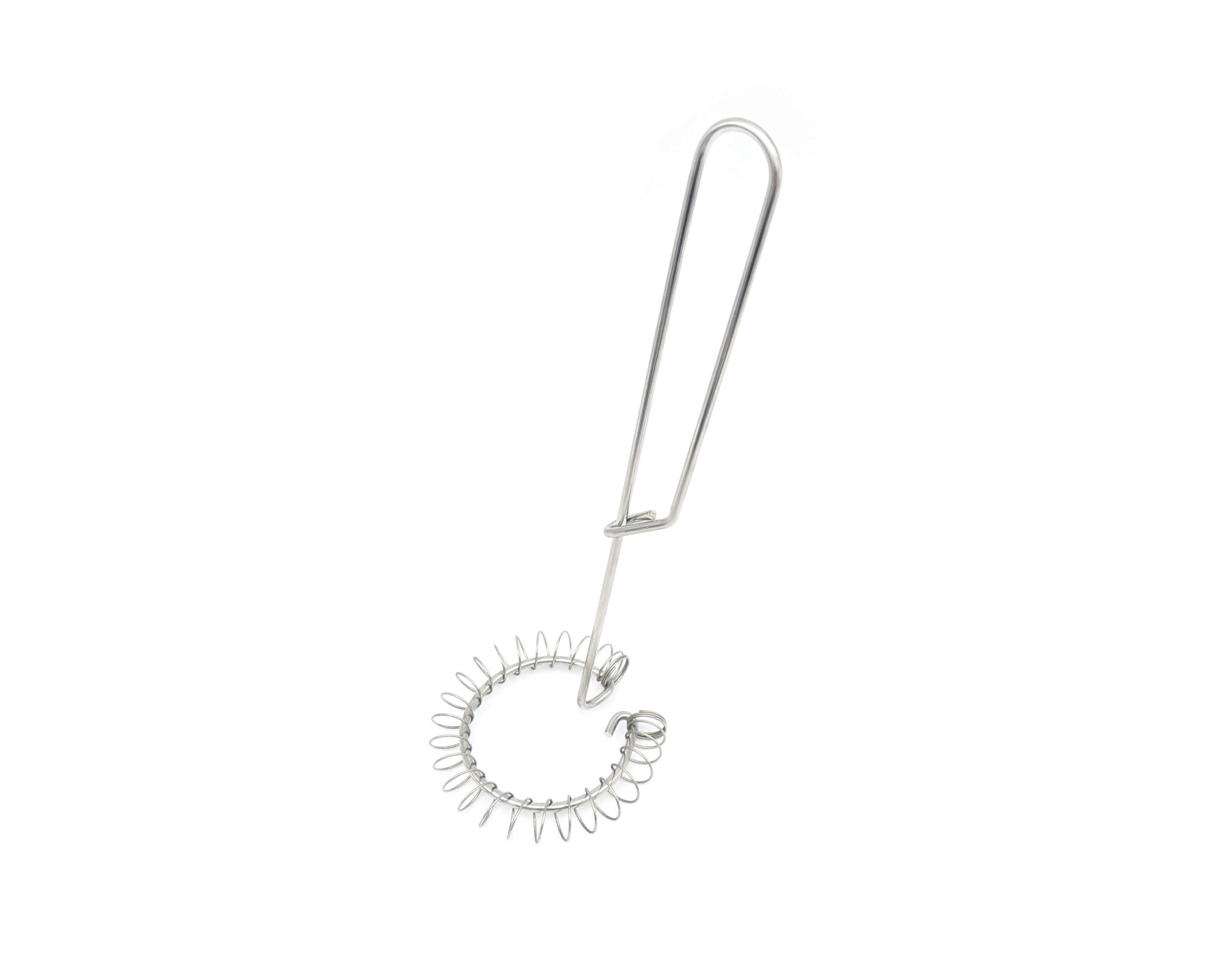Get unique, complex parts easily. No matter your requirements, Chaoyi Spring creates hard-to-produce coil springs and wire forms.
Let us help you create the custom wire form you need, from S-hooks and J-hooks to utility hooks and more.
We work closely with customers across a wide range of industries, helping them design and manufacture made-to-order parts.
Why choose Chaoyi Spring? We prioritize customer-focused collaboration, modern equipment and the latest technology to make your parts per print.
Find the information and guidance you need, from measuring a spring to learning about materials, placing an order and much more.
Torsion springs, often overshadowed by their more prominent cousins like compression and extension springs, play a vital role in countless mechanical systems. From the delicate workings of a watch to


Torsion springs, often overshadowed by their more prominent cousins like compression and extension springs, play a vital role in countless mechanical systems. From the delicate workings of a watch to the robust power of a vehicle suspension, torsion springs are silently working behind the scenes, providing rotational force and controlling movement. Their unique ability to store and release energy through twisting motion makes them indispensable components in a wide array of applications.

Torsion springs are a type of mechanical spring that works by storing and releasing energy through twisting or rotational motion. Unlike compression or extension springs that resist linear forces, torsion springs resist torsional forces, meaning they are designed to withstand and generate torque. They are typically made of coiled wire, but can also be made from flat strips of metal.
The shape of a torsion spring is crucial to its function. They can be wound in a variety of ways, such as a helical coil, a flat spiral, or even a combination of both. This allows for a wide range of spring rates and torque outputs, enabling engineers to tailor the spring to meet specific design requirements.
The basic principle behind torsion spring operation is the conversion of rotational force into stored elastic energy. When a torque is applied to the spring, it twists, storing energy within its coiled structure. As the torque is removed, the spring unwinds, releasing the stored energy and generating a counter-torque in the process.
The amount of torque a torsion spring can store and release is determined by its spring rate, which is a measure of the spring's stiffness. A higher spring rate indicates that the spring will require more torque to twist it by a given angle. This property allows for fine-tuning the spring's behavior, ensuring it can effectively handle the specific torque requirements of the application.
Torsion springs are incredibly versatile and have found their way into a vast array of applications across diverse industries.
In mechanical clocks and watches, tiny torsion springs power the hands, ensuring precise timekeeping. Imagine how the delicate balance spring in a watch, a type of torsion spring, diligently controls the movement of the second hand. It's a testament to the accuracy and reliability of torsion springs in intricate systems.
In vehicles, torsion springs are commonly found in suspension systems, where they provide a smooth ride and help to absorb shocks. This application showcases the resilience and strength of torsion springs, able to handle the weight and dynamic forces of a moving vehicle.
In door closers and door hinges, torsion springs ensure that doors close smoothly and securely. Have you ever noticed how a door gently swings shut after you open it? That's often thanks to the consistent force provided by a torsion spring, creating a controlled, silent closing motion.
Torsion springs are also used in a variety of other applications, such as:
Torsion springs offer numerous advantages that make them ideal for a wide range of applications.
Torsion springs come in a variety of forms, each designed for specific applications. Here are some common types:
Designing a torsion spring involves careful consideration of factors such as the required torque output, spring rate, material properties, and operating environment. Engineers utilize specialized formulas and software to optimize the design, ensuring the spring performs as intended.
When selecting a torsion spring, it's crucial to consider factors such as the spring's operating range, fatigue resistance, and the potential for wear and tear. The selection of appropriate materials and manufacturing processes are also critical to ensure long-lasting and reliable performance.
Torsion springs are essential components in countless mechanical systems, playing a vital role in delivering rotational force, controlling movement, and storing energy. Their versatility, reliability, and ability to be tailored to specific applications make them indispensable components in a wide range of industries.
From the delicate workings of a watch to the powerful forces in vehicle suspension systems, torsion springs quietly work behind the scenes, silently contributing to the smooth and efficient operation of countless mechanical systems. They are a testament to the ingenuity and precision of mechanical engineering, proving that even the smallest, seemingly insignificant components can make a profound difference.
Browse some of the custom wire forms and springs that we manufacture. Don’t see what you need? We specialize in made-to-order products that meet your application requirements.
Visit Our GalleryNeed a custom wire form or coil spring? We make it work. Fill out the contact form and a representative will respond within 1 business day. If you have a PDF or CAD file, you can submit to request a quote.